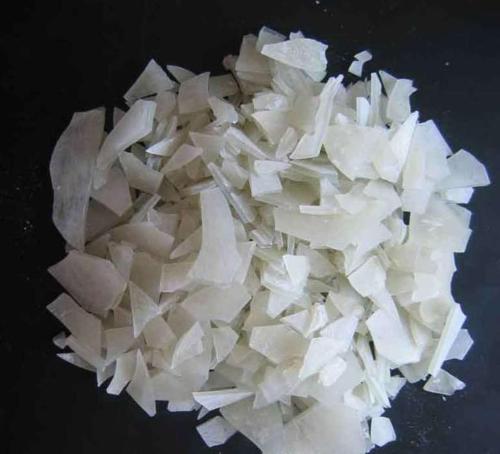Hydrogen and oxygenPotassium Also known as caustic potassium, caustic alkali and potassium ash, etc., the chemical formula is KOH. From its other name, we can know the characteristics of Potassium hydroxide: strongly alkaline and corrosive. Potassium hydroxide is easily soluble in water and releases a lot of heat. It easily absorbs moisture in the air and deliquesces. It also absorbs carbon dioxide in the air and turns into potassium carbonate.

Potassium hydroxide cleaning actually uses its strong alkalinity to loosen , emulsifying and dispersing sediments in metal equipment, thereby achieving the purpose of cleaning equipment dirt, but alkali cleaning cannot remove general scale and metal corrosive substances.
Among themPrinciple of oil removal by potassium hydroxide In fact, it is a simple chemical principle, because oil is a lipid substance. From its chemical composition, they are higher fatty acids and glycerides. These substances will undergo hydrolysis reactions when encountering alkalis, acids, and enzymes. After hydrolysis, they will generate glycerin and higher fatty acids, and these glycerin and fatty acids will be dissolved by water and washed away, which is what people call oil removal.
Potassium hydroxide to remove oil stains is the reaction between alkali and water. The following is The chemical formula of soda ash hydrolysis:
First-level hydrolysis:Na2CO3 + H2O = NaHCO3 + NaOH
Secondary hydrolysis:NaHCO3 + H2O = H2CO3 + NaOH
Because of the hydrolysis reaction of potassium hydroxide, potassium hydroxide is commonly used In the following aspects:
(1)Remove oil and dirt from the system or surface;
(2) is used alternately with acid to remove calcium sulfate and calcium silicate that are difficult to remove with acid cleaning of dirt;
(3 ) After pickling, use alkali cleaning to neutralize the acid remaining in water and equipment, thereby reducing corrosion of metal equipment.



 微信扫一扫打赏
微信扫一扫打赏
